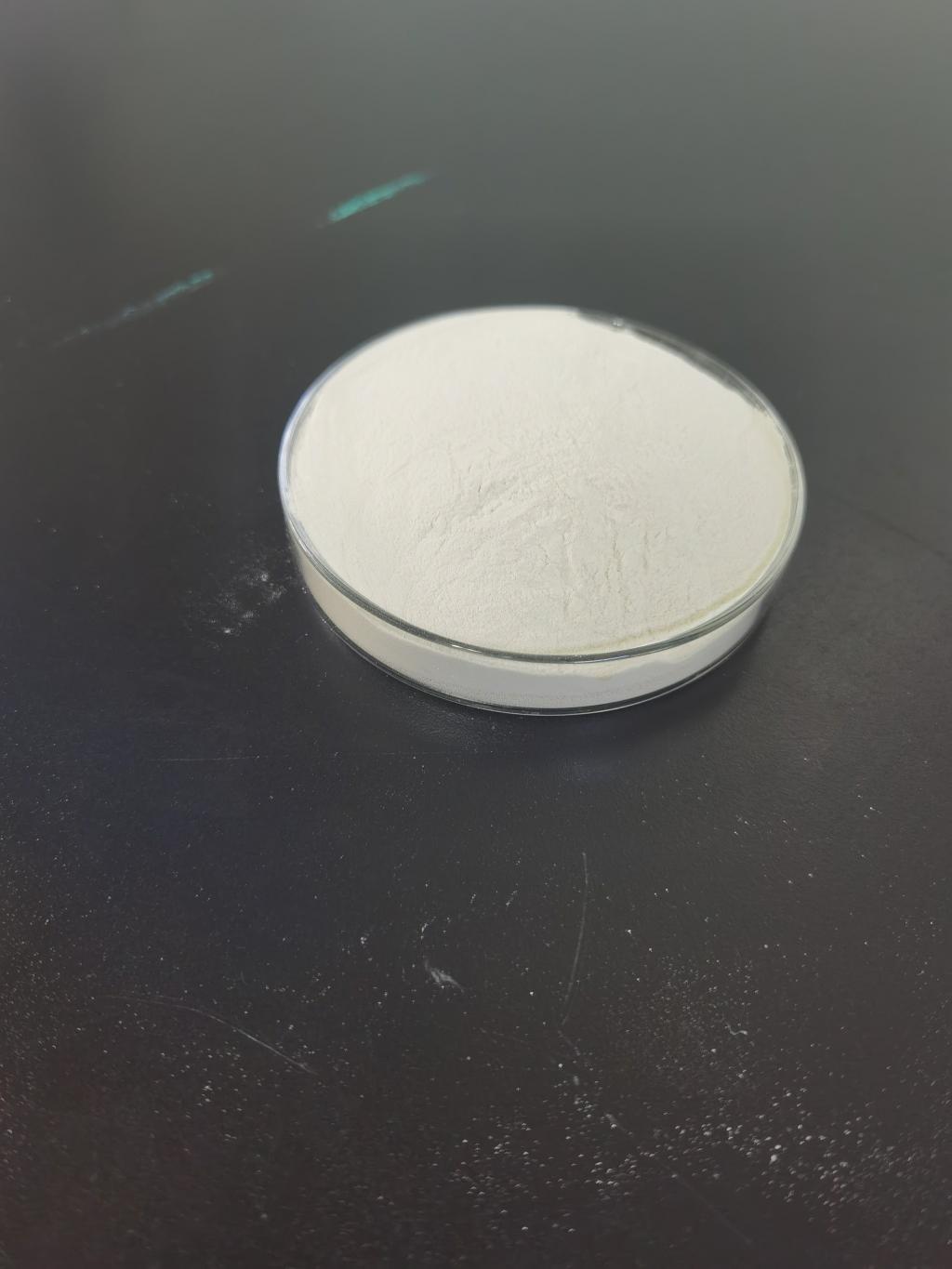Tel:+8618231198596

News
 CONTACT
CONTACT
 CONTACT
CONTACT
- Linkman:Linda Yao
- Tel: +8618231198596
- Email:linda.yao@dcpharma.cn
- Linkman:CHARLES.WANG
- Department:Overseas
- Tel: 0086 0311-85537378 0086 0311-85539701
News
Nisin's Implications for Food Safety in Disaster Relief Efforts.
TIME:2023-10-13
I. The Challenges of Food Safety in Disaster Relief
A. Disruption of Supply Chains
Disasters, such as earthquakes, hurricanes, floods, and pandemics, can disrupt food supply chains, leading to shortages of safe and nutritious food. This disruption can result from damaged infrastructure, transportation issues, or contamination of food stocks.
B. Vulnerable Populations
In disaster-affected regions, vulnerable populations, including children, the elderly, and those with compromised immune systems, are at higher risk of foodborne illnesses. Ensuring food safety is paramount to protect these individuals from additional health threats.
C. Limited Resources
Disaster relief efforts often operate in resource-constrained environments. Lack of infrastructure, equipment, and personnel can hinder the implementation of traditional food safety measures.
II. Nisin as a Natural Antimicrobial Agent
A. Understanding Nisin
Nisin is a naturally occurring antimicrobial peptide produced by certain strains of lactic acid bacteria, notably Lactococcus lactis. It has been used for decades in the food industry as a safe and effective preservative due to its ability to inhibit the growth of a wide range of Gram-positive bacteria.
B. Mode of Action
Nisin's primary mode of action is to disrupt the integrity of bacterial cell membranes, leading to cell death. It is effective against various foodborne pathogens and spoilage microorganisms, making it a valuable tool for preserving food safety.
III. Applications of Nisin in Disaster Relief Efforts
A. Preservation of Food Aid
One of the key applications of nisin in disaster relief is its use in preserving food aid. Non-perishable and semi-perishable food items, such as canned goods, ready-to-eat meals, and powdered foods, can be treated with nisin to inhibit bacterial growth and extend their shelf life.
B. Emergency Food Rations
Emergency food rations, often distributed in disaster relief efforts, can benefit from nisin's antimicrobial properties. These rations, which include items like biscuits and granola bars, can be treated with nisin to ensure they remain safe for consumption over an extended period.
C. Water Purification
In addition to its role in food preservation, nisin can be applied to water purification. Contaminated water sources are common after disasters, and nisin's antimicrobial properties can aid in reducing bacterial contamination, making water safer for consumption.
IV. Benefits of Using Nisin in Disaster Relief
A. Extended Shelf Life
Nisin helps extend the shelf life of food aid items, reducing the likelihood of spoilage and foodborne illness. This is particularly important in disaster-stricken areas where food resources may be limited.
B. Reduced Food Waste
By preventing the growth of spoilage microorganisms and pathogens, nisin contributes to the reduction of food waste. This ensures that more food reaches those in need and minimizes the environmental impact of food disposal.
C. Enhanced Food Safety
The use of nisin enhances food safety by inhibiting the growth of bacteria that could lead to foodborne illnesses. This is especially critical in disaster relief situations, as the health of affected populations is already at risk.
D. Cost-Effectiveness
Nisin is cost-effective compared to other preservation methods. Its affordability makes it a viable option for disaster relief agencies operating with limited budgets.
V. Challenges and Considerations
A. Regulatory Compliance
The use of nisin in food aid and water purification must comply with local and international regulatory guidelines. Coordination with relevant authorities is essential to ensure safety and compliance.
B. Accessibility
Availability of nisin and the resources required for its application may be limited in disaster-affected areas. Planning and preparation in advance of disaster events can help address this challenge.
C. Awareness and Training
Those involved in disaster relief efforts, including aid workers and volunteers, must be aware of nisin's application and its importance in food safety. Training and education are crucial components of successful implementation.
VI. Case Studies and Success Stories
A. Hurricane Relief in the Caribbean
Nisin-treated emergency food rations were distributed during hurricane relief efforts in the Caribbean. These rations had an extended shelf life and remained safe for consumption in challenging post-hurricane conditions, reducing the risk of foodborne illnesses.
B. Earthquake Relief in Nepal
In the aftermath of a devastating earthquake in Nepal, nisin-treated water purification tablets were used to ensure access to safe drinking water for affected populations. This helped prevent waterborne diseases and ensured a healthier environment for survivors.
VII. Future Directions and Research
Further research and development in the use of nisin for disaster relief are essential. Areas of focus should include:
A. Improved Formulations
Enhanced formulations of nisin that are more stable and effective in various food and water matrices.
B. Collaboration
Collaboration between food scientists, relief organizations, and regulatory bodies to establish guidelines for the safe and effective use of nisin in disaster relief.
C. Accessibility
Efforts to improve the accessibility of nisin and the necessary resources in disaster-affected areas to facilitate its use.
VIII. Conclusion
Food safety in disaster relief efforts is a critical concern, as ensuring the safety and shelf life of food aid is essential for the well-being of affected populations. Nisin, a natural antimicrobial agent, offers a practical solution to this challenge. Its ability to extend shelf life, reduce food waste, and enhance food safety makes it an invaluable tool for disaster relief agencies and organizations working to provide essential sustenance in times of crisis. By further exploring and implementing nisin's potential in disaster relief, we can help mitigate the food-related risks faced by vulnerable populations during and after disasters.
- Tel:+8618231198596
- Whatsapp:18231198596
- Chat With Skype







